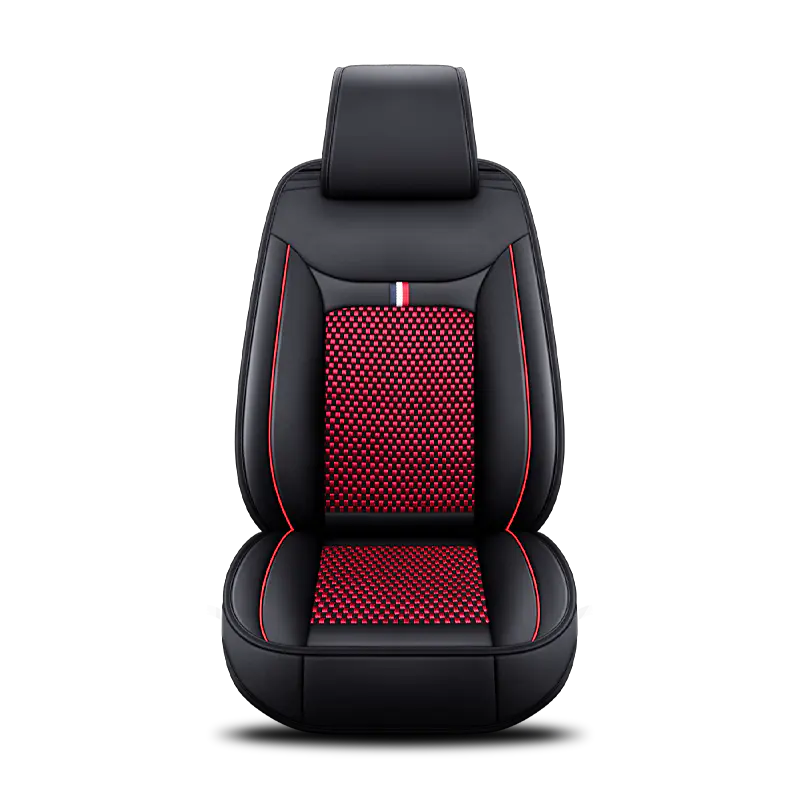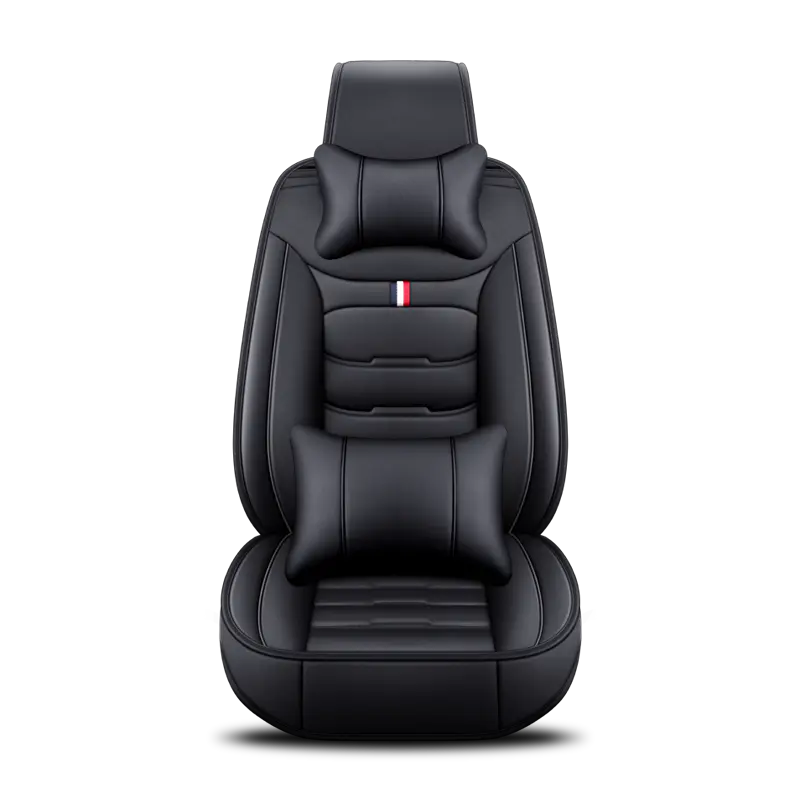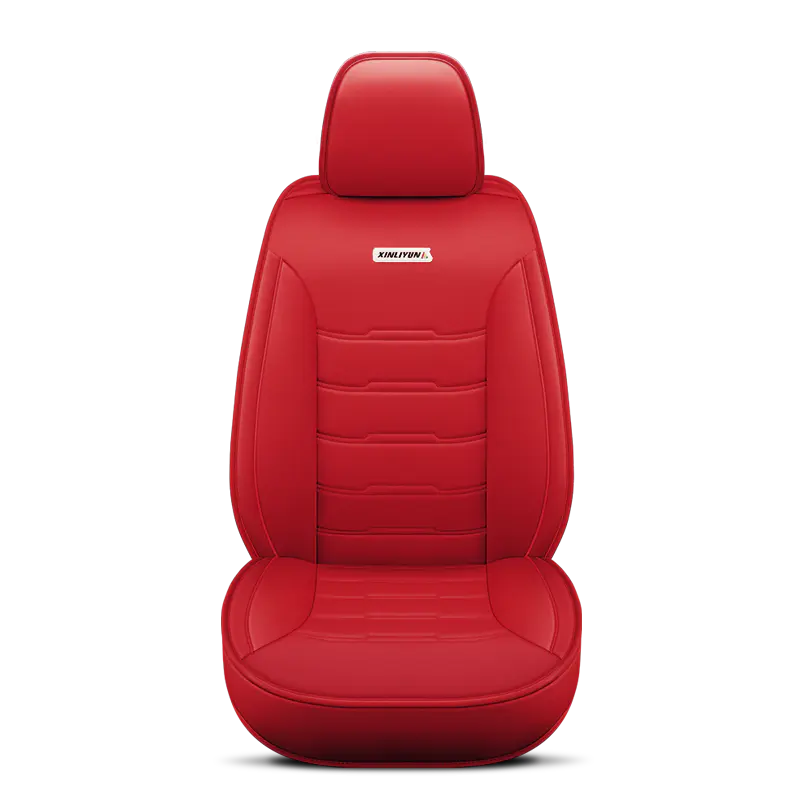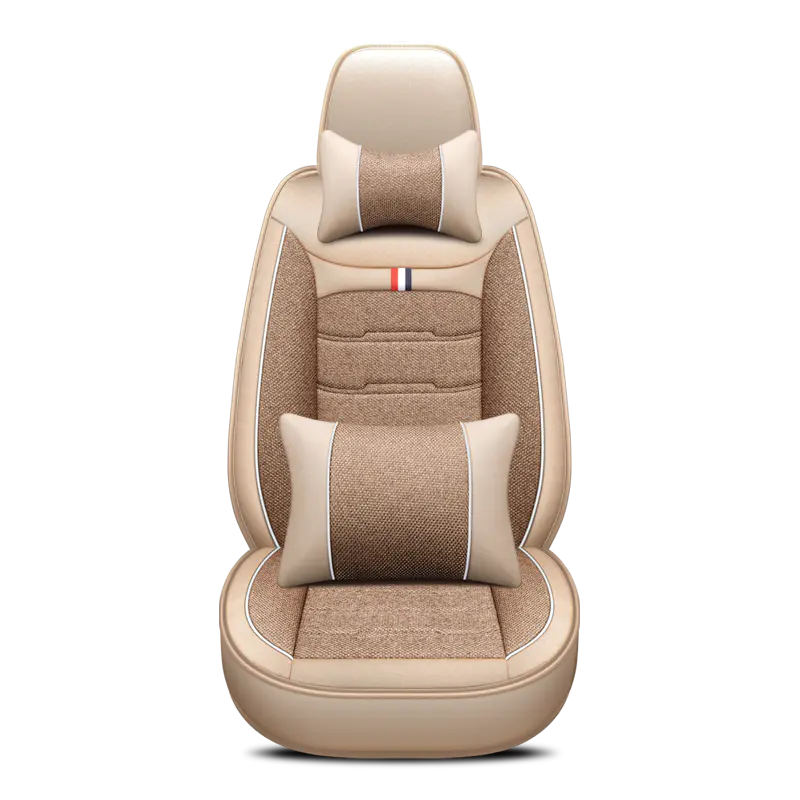Genuine leather car seat cushions are a common choice for vehicle owners who aim to improve comfort and interior aesthetics. Leather, as a natural material, offers certain functional and visual qualities that differ from synthetic alternatives. However, these cushions also present drawbacks related to maintenance, cost, and environmental conditions. Understanding both the advantages and disadvantages is important for vehicle owners seeking practical and long-term solutions for seating comfort.
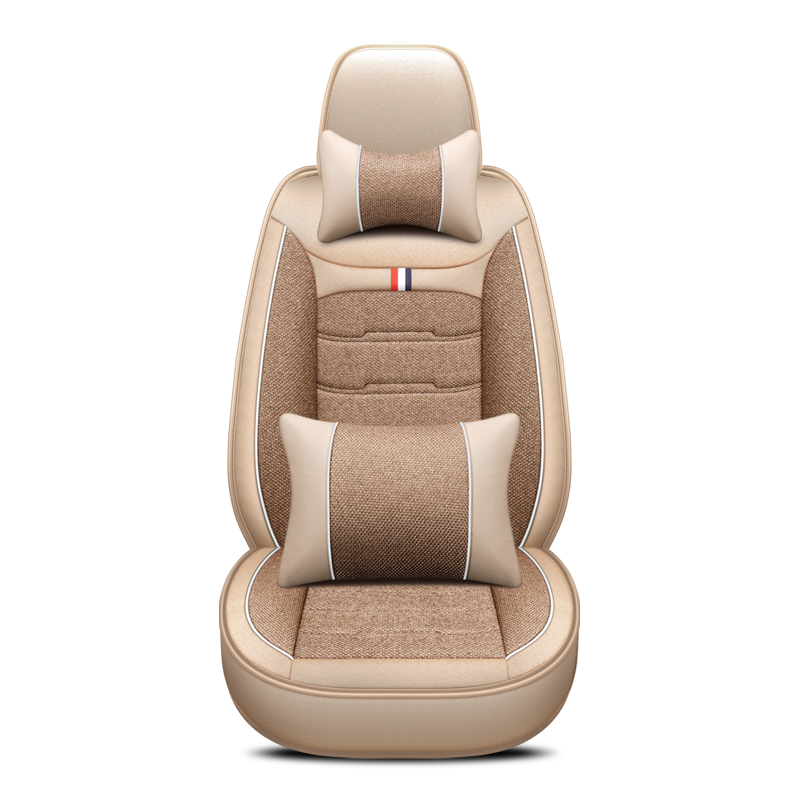
1. Comfort and Durability
Enhanced Comfort
Genuine leather car seat cushions provide a smooth and supportive surface that can improve the comfort of driving or riding. The natural elasticity of leather allows it to conform to the shape of the occupant, offering a balanced support for long trips. For example, a commuter who spends two hours daily in traffic may experience less fatigue with a leather seat cushion that evenly distributes pressure compared to standard cloth covers.
Durability and Resistance to Wear
Leather is generally more resistant to wear compared to fabric seat cushions. It can withstand friction from repeated entry and exit, reducing the risk of tears or abrasions. In real-life scenarios, taxi operators or ride-sharing drivers often select leather cushions because the material tolerates daily use by multiple passengers while maintaining structural integrity. The durability also extends to resistance against minor spills, as liquids can be wiped off the surface more easily than they can be cleaned from fabric.
Temperature Considerations
While leather offers comfort, it is sensitive to temperature variations. Leather cushions may feel cold in winter and warm during summer. To address this, some cushions include heating or ventilation features. For instance, drivers in colder regions may benefit from built-in heating pads, while ventilated leather cushions can reduce discomfort from sweating in warmer climates. Understanding the influence of temperature helps users balance comfort with environmental conditions.
2. Aesthetics and Interior Appeal
Visual Enhancement
Genuine leather cushions can improve the overall appearance of a car’s interior. Leather has a uniform texture and natural color variations that add sophistication to the cabin. For example, mid-range sedans or SUVs fitted with genuine leather seat cushions often exhibit a more polished look compared to standard fabric interiors. The tactile feel of leather also contributes to a perception of quality and careful maintenance.
Variety in Design
Leather seat cushions are available in various finishes, including smooth, perforated, or patterned textures, which allow vehicle owners to customize the interior to their preferences. In urban settings, drivers may choose perforated leather cushions to enhance breathability, while others select smooth leather for a minimalist aesthetic. This design versatility enables integration with other interior elements, such as door trims and dashboards.
Compatibility with Vehicle Interiors
Leather cushions often complement other interior materials, such as wood trim, metallic accents, or synthetic panels. Real-life examples include luxury cars where genuine leather cushions coordinate with high-end dashboards and door panels, creating a consistent and balanced visual effect. Such coordination contributes to a sense of cohesion in vehicle interiors without requiring extensive modifications.
3. Maintenance and Cost Considerations
Regular Maintenance Required
Leather requires consistent cleaning and conditioning to maintain its appearance and prevent cracking or fading. Dust, sweat, and sunlight exposure can deteriorate the material over time. A vehicle owner who drives frequently must allocate time to clean leather cushions with appropriate leather care products. For example, applying conditioner every few months can preserve suppleness, but failure to maintain the cushions may visible wear.
Higher Initial Cost
Genuine leather seat cushions are generally more expensive than fabric or synthetic alternatives. This cost includes not only the initial purchase but also long-term maintenance products and, potentially, professional cleaning. Drivers with budget constraints may need to weigh the cost against the functional and aesthetic benefits.
Sensitivity to Environmental Factors
Leather cushions are sensitive to prolonged exposure to direct sunlight and moisture. Vehicles parked outdoors without protective measures may experience fading or drying of leather surfaces. Car owners often use sunshades or window tints to reduce UV exposure, demonstrating the practical considerations needed to maintain leather seat cushions.

